After several years of searching I have finally obtained a copy of the famous book depicting Pripyat, released shortly before the Chernobyl Disaster.
The book contains many widely known and less popular historical photographs of the golden days of Pripyat, one of the youngest cities in Ukraine. Once widely available in the local libraries and owned by many Pripyat residents, today it is real rare sight and a holy grail among many Chernobyl enthusiasts.
The book contains descriptions in both Ukrainian and Russian and was released in Kyiv by “Mystetstvo” publishing house in 1986. The author of text and photos is Yuri Vladimirovich Evsyukov. Below you will find a complete translation of the introduction from pages 12 and 13, the same text is repeated repeated in Russian on the following 2 pages.
Click or tap on the image below to start (and be patient, my server is from 1986!)
The city panorama appears unexpectedly. Just a few moments ago you could enjoy the view of groves and pine forests through the bus window. Though, on the 11th mile from the aged Chernobyl the vehicle gets onto a bridge, and before you opens up the view over the white stone city of Pripyat.
It was called Pripyat after the beautiful tributary river, that whimsically whirls like a light blue ribbon, connecting the Belorussian and Ukranian polesia and carries its waters to Dnieper. The city itself owes its origin to the construction of the Chernobyl nuclear plant named after V.I.Lenin.
The first pages of the work biography chronicles of Pripyat were written on the 4th February 1970, when the first pins were set in the ground and the first bucket of soil was dug out. The proximity of a railway and a motorway, as well as the presence of a river were the key factors in the decision to build the first nuclear plant in Ukraine.
Construction of the city and the power plant was announced as a Komsomol shock construction project. By the order of the party, assingees of the Komsomol arrived from all over the country. The city grew; its first inhabitants – builders were gaining experience. On the 15th August 1972, in a celebratory atmosphere, the first cubic meter of concrete formed the foundation of the main building of the power station. Was it really that long ago… At this point, four power blocks of the Chernobyl nuclear power plant are working at full power. The construction of the 5th and 6th power blocks continues. With the addition of those, Chernobyl NPP will become the most powerful nuclear station in Europe. The glory of it’s builders’ noble work is known to the entire country. The success in construction of the plant is tightly linked to successful development of new housing, social, cultural and household infrastructure. The city housed the Palace of Culture, the book house, a cinema, a hotel, four libraries, an arts school with a concert hall, a complex of medical institutions, well-established secondary schools and a technical college. A branch of the All-Union Power Engineering College of V.Kuybyshev was also established in the city. As well as that, a network of leisure complexes was also built, including canteens, cafes and shops. In addition, over a dozen nurseries were also built.
Extra care and attention is paid to the construction of various pre-school and sports establishments, as the average age of the citizens comes up to 26 years. Every year, over a thousand children are born here. Only in Pripyat could you see a parade of prams when mums and dads are walking with their little ones. The youth, at the same time, is heading to the stadiums, swimming pools, sports complexes. Every third person in the city is involved in sport. Sports teams in multisport races, swimming, grappling, football and volleyball are involved in regional, inter-republic and all-union competitions. It became traditional in Pripyat to carry out “Starts of hope”, competitions for sporty families “Fun Starts” and “Days of wellness walking and running”. Polesian nuclear town is growing at an astonishing rate. All sorts of architectural ensembles start to appear, which include five, nine and sixteen storey buildings. Youth institutions are being constructed within towns, nicely connecting to greenery. The towns in the surrounding area give an expressive and a truly peculiar appearance to Pripyat. Here, lit advertisement, colorful panels and decorative ceramics on buildings are ingeniously used. A creative approach by the architects and builder allowed for the conservation of every single tree even after construction. Hence, it’s no wonder that within the city and its surrounding area there’s an abundance of picturesque locations. Attentive attitude towards nature and belongingness to everything that happens in the home town are quite the qualities of Pripyat citizens, and of course a sense of enthusiasm towards innovation.
Pripyat houses around 30 different nationalities which were all united through collective work towards the prosperity of their homeland. Not without reason were the first streets given the names of ‘Enthusiasts’ and ‘Friendship of nations’. Hero of Socialist Labor, deputy of the Supreme Council of the Ukrainian SSR, head of the Chernobyl Construction Directorate V.T.Kizima enjoys well-earned respect amongst citizens. Many glorious toilers were proudly awarded with orders, medals of the Soviet Union, Diplomas of the Presidium of the Supreme Council of the Ukrainian SSR. Amongst them, the winner of the State Prize of the Ukrainian SSR, the director of the Chernobyl NPP V.P. Bryukhanov, the foreman of assembly fitters V.Z. Garizon, foreman of insulators M.P. Kovalchuk, foreman of masons N.S. Zhovnovatyuk and others.
The city’s streets are named after Soviet Union’s Heroes E.I.Lazarev, A.G.Ognev, D.V. Shurpenko, who lost their lives in a fierce battle with the Nazis for this land. Residents of Pripyat sacredly honor the memory of Soviet soldiers, who fell during World War II. Young men and women hold bitter silence at the mass grave. Here, there’s always fresh live flowers. Through selfless labour, Pripyat’s residents strengthen the national power and focus on a peaceful future. Not without reason, writing on one of the buildings reads “Let the atom be a worker not a soldier” which symbolises a profoundly peaceful character of the Chernobyl’s NPP function.
Despite its youth, the city has its own traditions. One of those – a roll call within workers and educational institutions with a slogan “Sing to the Motherland, home of the free, Bulwark of peoples in brotherhood strong. Firmly becoming a part of everyday lives were “Meetings of boys of different generations”, “Street festivals” aimed at developing new forms of ideological and political education and forming a communist outlook.
Pripyat confidently strives towards the future. It’s industrial establishments continue increasing the production. In the close years to come, there will be built a power engineering college, one more secondary school, inter-school industrial training complex, pioneer palace, youth club, shopping centre, indoor market, hotel, new coach and train station buildings, dental clinic, cinema with two halls, a new “Kids world” store and other establishments. In order to maintain a stable TV reception for three channels a relay is planned to be built. The entrance to the city will be brightened up with a new amusement park.
According to the general plan, Pripyat will house up to 80,000 people. The Polesian nuclear town will become one of the most beautiful cities in Ukraine.



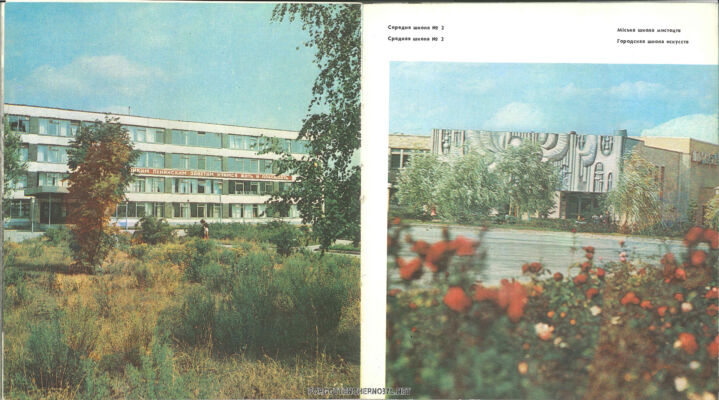

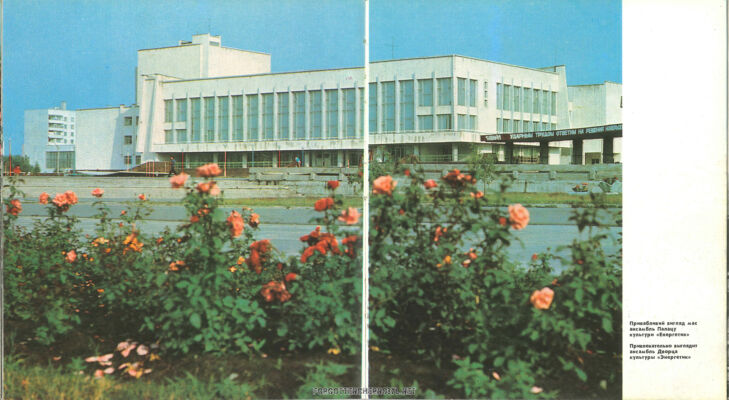

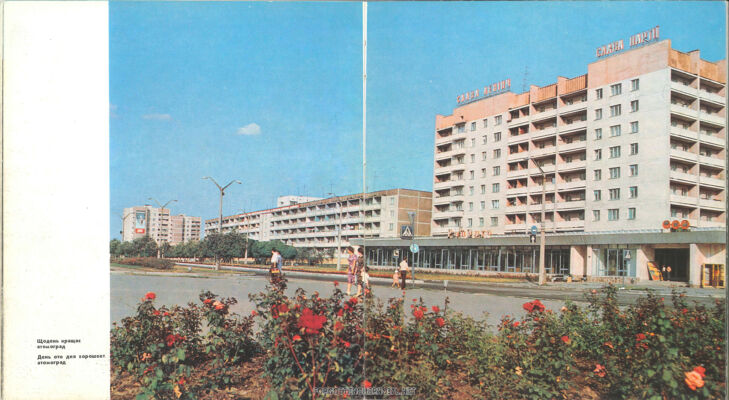
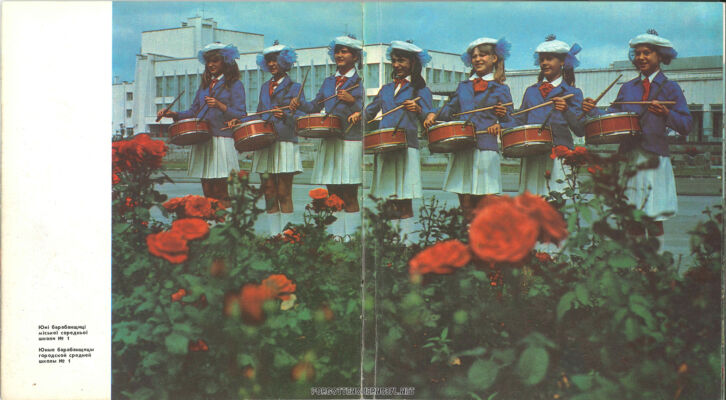

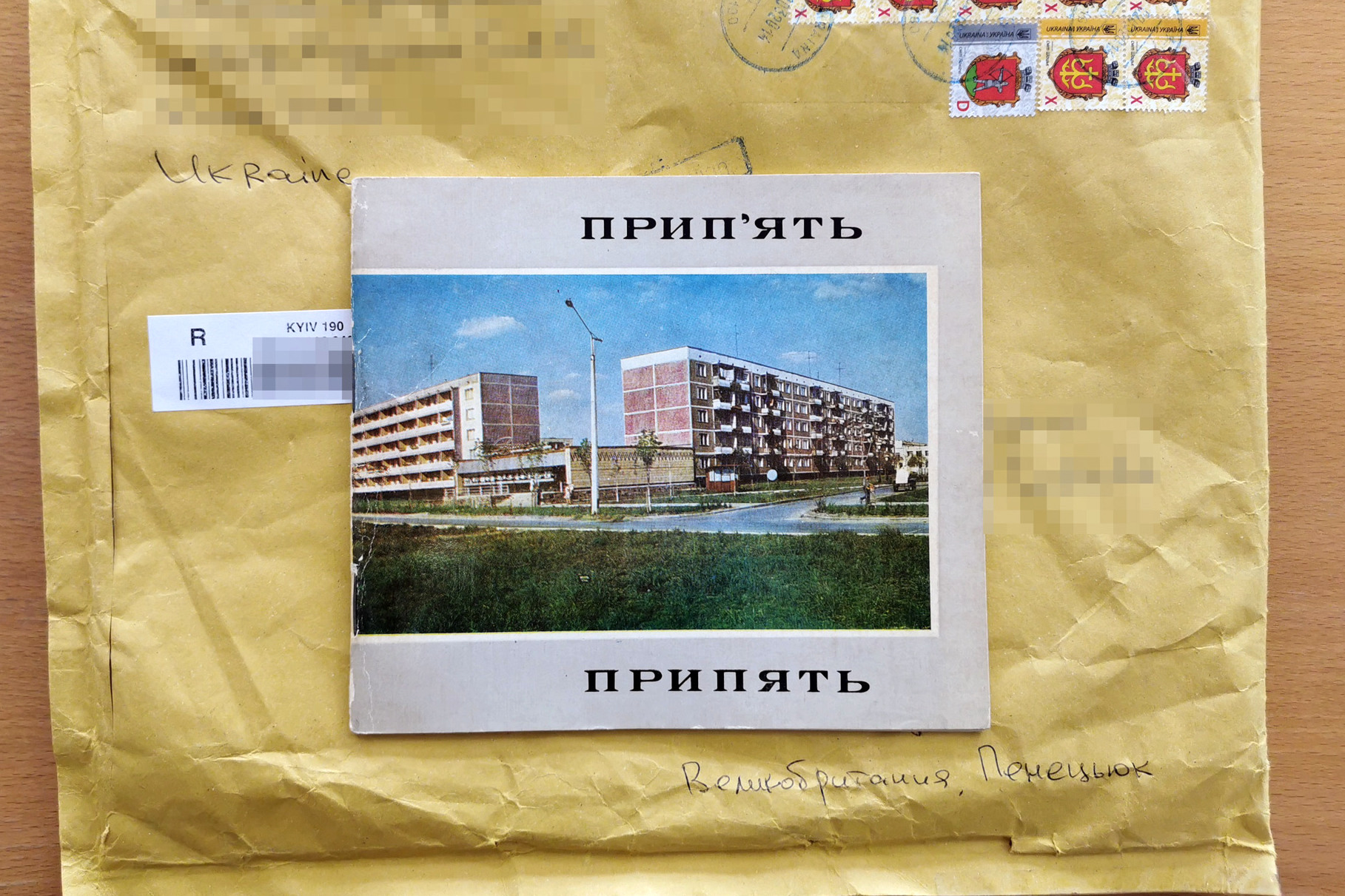
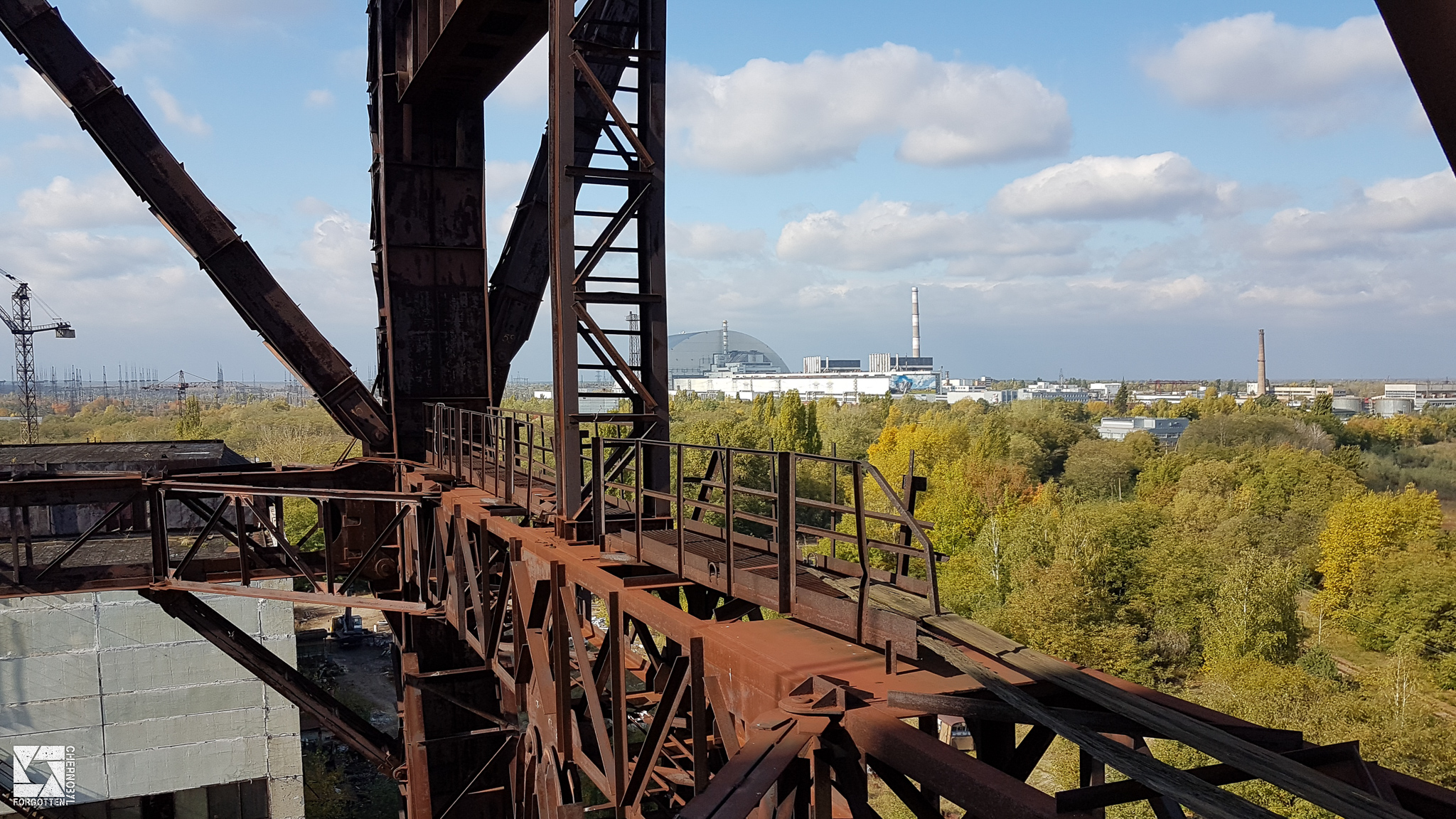
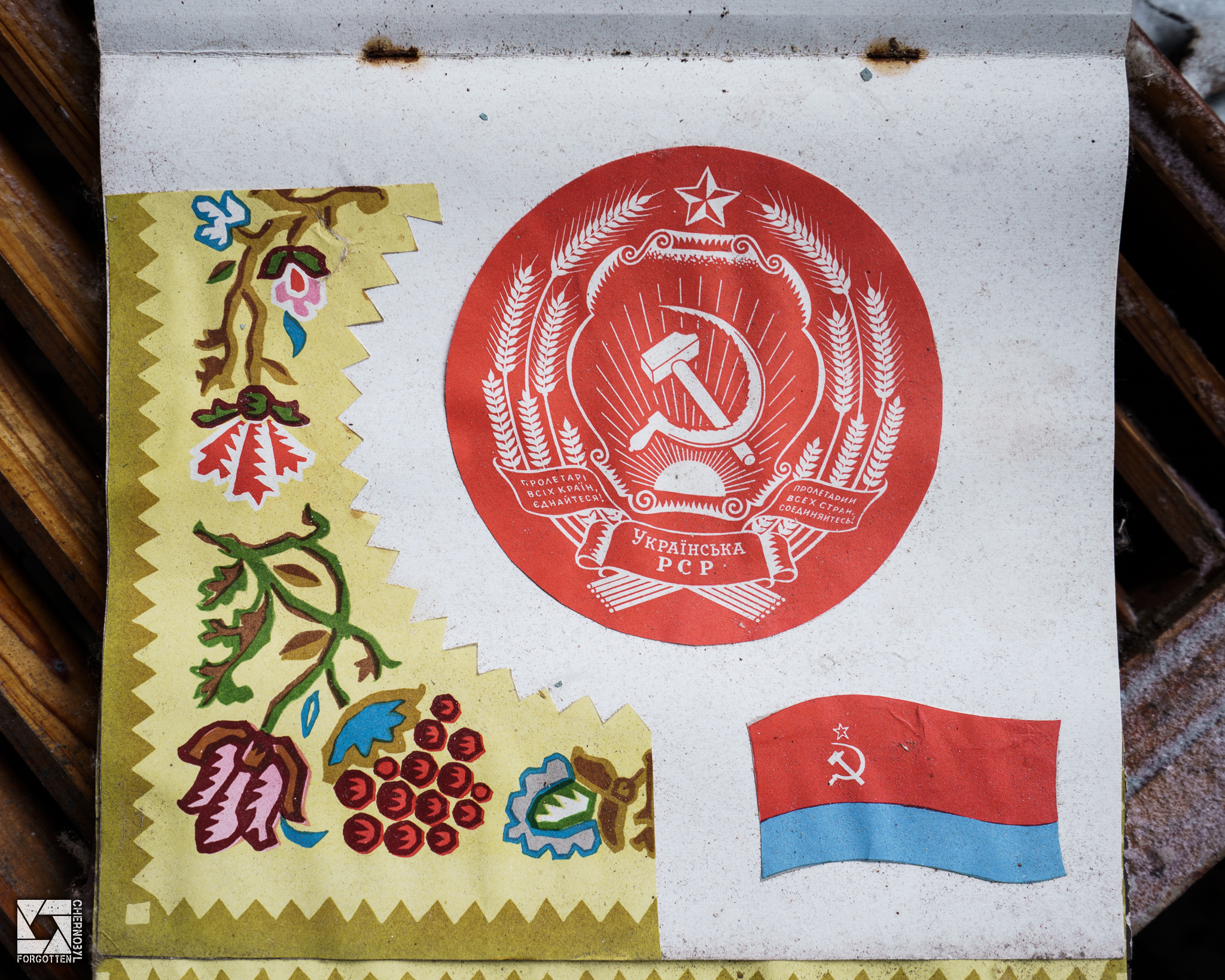
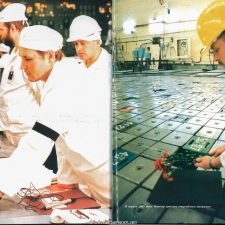
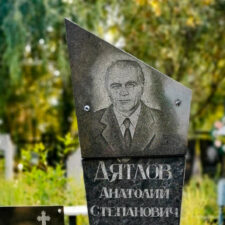
[…] PRIPYAT 1986 PHOTOALBUM BOOK (COMPLETE SCAN): Visitem a cidade à beira do Pripyat, onde as pessoas são felizes nas suas casas de arquitetura brutalista soviética, sempre com vista para a maravilha da tecnologia que é a central nuclear, fornecedora da eletricidade que ilumina o povo. A sublime ironia? Este guia para a cidade foi editado em 1986, poucos meses antes do desastre que colocou o seu nome na consciência global. […]
Adoro fotos de priptat.